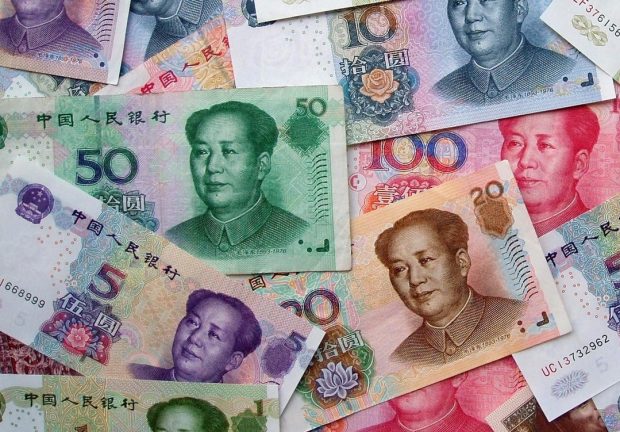China’s foreign aid is more people-oriented
 By Ji Peijuan from People’s Daily
By Ji Peijuan from People’s Daily
In the past six decades, China has provided nearly 400 billion yuan of aids to 166 countries and international organizations, lending a helpful hand when the latter were in need. But an emerging trend is that the focus of such assistance has been shifted from infrastructure construction to projects related to people’s livelihood.
The International Monetary Fund (IMF) on Feb.19 reached an agreement with Mongolia on a $5.5-billion bailout scheme. In the bailout package, China has extended its currency swap agreement worth 15 billion yuan (about $2.2 billion) with the latter to relieve its pressure on the balance of payments and help with its urgent debts.
Chinese government donated $1 million as humanitarian aid to Surigao City in the southern Philippines which was hit by the most destroying earthquake in the past century on Feb. 10. In addition, China will also provide two sums of non-reimbursable assistance to Syria for humanitarian supplies and projects.
The above are several of the latest foreign aid initiated by Chinese government. Merely in 2016, China assisted nearly 250 engineering and supply projects, trained 29,000 professionals, and sent 5,000 managerial or technical staffs, medical personnel and volunteers, to overseas destinations, benefitting 156 countries, regions and international organs.
China has so far provided more than 50 batches of emergency humanitarian assistance to nearly 30 countries and international organizations including Fiji, Surinam, Ecuador, and Sri Lanka, winning recognition from the international society.
Talking about these aids, Dr. Zhang Fei, associate research fellow of Chinese Academy of International Trade and Economic Cooperation, Chinese Ministry of Commerce (MOFCOM), said in an interview with the People’s Daily that compared with building stadiums, government halls and other large-scale constructions in the past, China is giving more money to develop economy and improve people’s livelihood in assisted countries.
China has not only built highways, railways, bridges, harbors, power and communication facilities for assisted countries, but also lent a helpful hand in building hospitals and schools, cultivating agricultural experts, training business and technical talents, Zhang added.
China’s assistance in recent years concentrated more on the need of economic and social development of recipients, especially the industrial need and people’s desire for a better life, the scholar said.
“For instance, China’s aid money may be better used to train skilled agricultural talents than adding more stadiums, for a country suffering from food shortage that needs to improve grain yield, ” she explained.
China is now on one hand concentrating efforts to accelerate industrial upgrade, international capacity cooperation and overseas expansion of China’s equipment manufacturing, and on the other hand committing to regional connectivity through the “Belt and Road” initiative and other approaches, Liu Haifang, deputy director of Center for African Studies at Peking University told People’s Daily, advising China to combine the two tasks with its future foreign aid programs.




















































